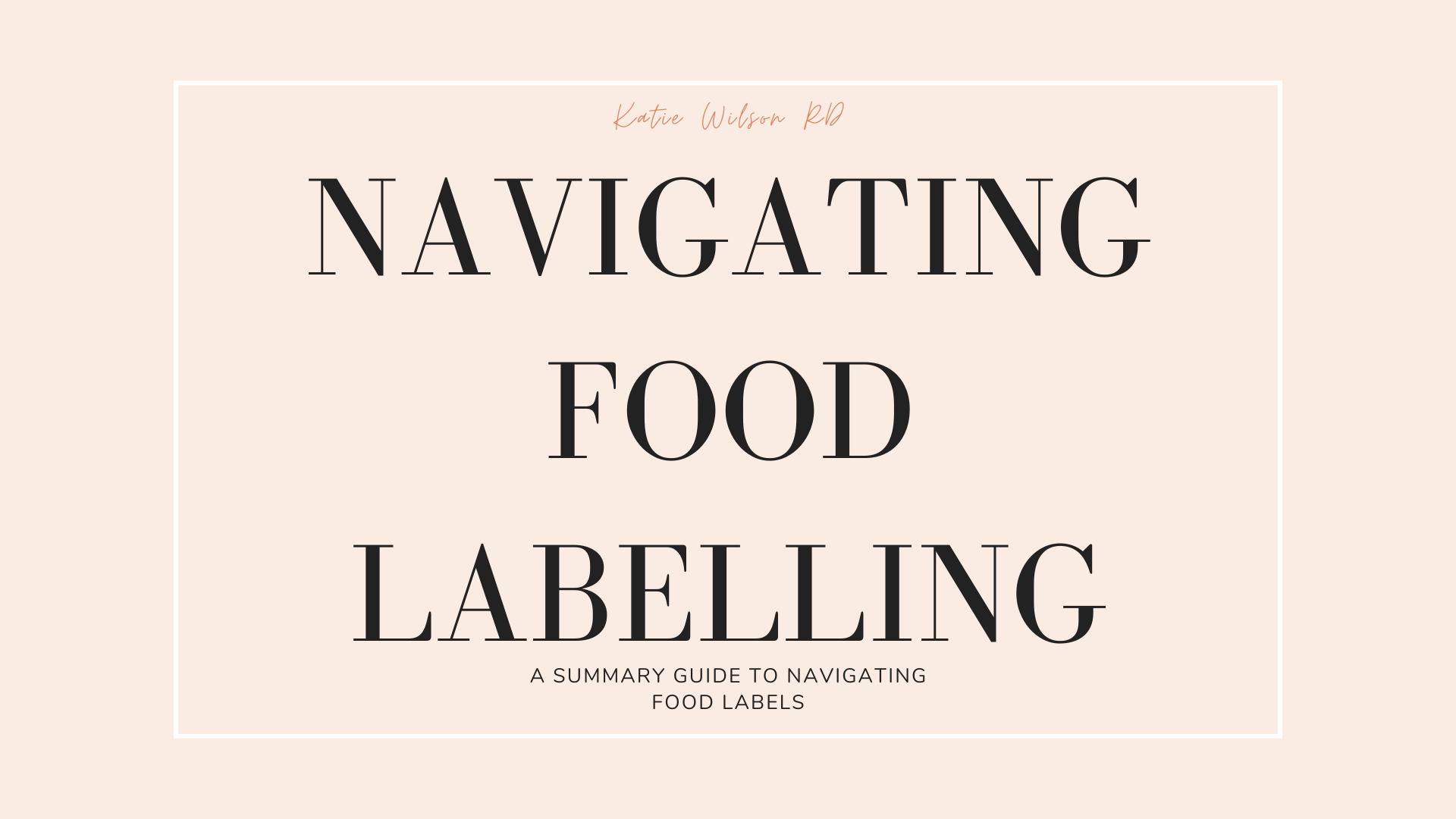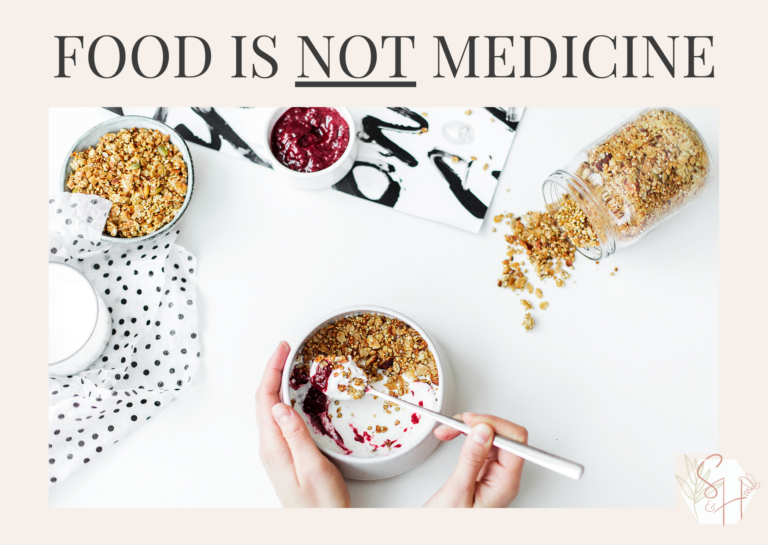Food labels can be really overwhelming, and it’s tempting to just ignore them as a result. However, I truly think that understanding food labels and having the ability to use the information they provide is the key when it comes to making informed food choices. I often describe a food label like a blurb – just like with a book, it’s hard to get an accurate picture of what it’s all about without reading the blurb first, the same applies to our food: without reading this useful summary, how can we expect to understand what’s in it?
I always advocate for a diet based mostly on whole foods. This typically means one ingredient foods (fruit, vegetables, wholegrains such as rice or quinoa, legumes, lentils etc), which of course don’t have so much to unpack in terms of food labelling. But packaged foods are not the enemy, and it is more than okay to implement these foods into our diet – whether it’s for convenience, time, cost, or taste. When we do use these foods, it’s best to have a good grasp on what’s key to look out for, what it all means, and what the common pitfalls are that might be otherwise misleading or confusing.
These guides act as a summary to supplement the information discussed in my podcast episode all about food labelling, which I would recommend listening to first (CLICK HERE TO LISTEN). Please note that every country has its own laws for food labelling – this guide applies specifically to the UK. However, you may still find some of the information useful, wherever you live in the world!
I also have a second episode that delves deeper into food additives, so if that interests you – stay tuned for that!
Podcast Episode – Click Here.



